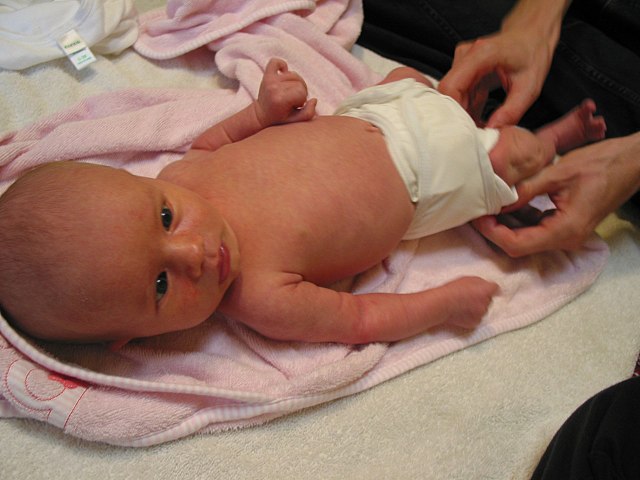“You have been created so that you might make a difference.” Andy Andrews
1951 – Westport, Connecticut: Marion Donovan sat in the product development office of a large paper company. She was meeting with paper companies across the country to show them her prototype paper diaper. So far, the 32-year-old mother’s product had been rejected everywhere, and as she waited for the meeting, she wasn’t optimistic.
Marion had made no progress with the all-male paper company executives. One informed her that “Mothers aren’t asking for disposable diapers. They aren’t necessary and are impractical.” Another asked, “Why would a mom want to throw a diaper away?” And the one that really irritated her: “In all due respect, Mrs. Donovan, what does a stay-at-home mother know about designing diapers?” The meeting that day didn’t go well. Marion held her tears until she reached her car.
She got her innovative spirit from her father, who had invented an industrial lathe for grinding automobile gears and gun barrels. When Marion was 8, her mother died, so she began spending her after-school hours in her father’s South Bend Lathe Works manufacturing plant.
At 22, Marion earned her B.A. in English from Rosemont College in Pennsylvania and later became one of three women in her graduating class to earn a master’s degree in architecture from Yale University. She worked as an assistant beauty editor at Vogue magazine before marrying a leather importer and becoming a housewife.
By late 1946, Marion was a mother of two and drowning in laundry. She was tired the of never-ending cycle of washing, drying, and folding diapers. The safety pins used to secure them were a nuisance, and the wet diapers frequently leaked, soaking clothing and bedding. Plus, her babies developed rashes from the wet diapers. Marion knew there had to be a better way.
One night after the children were in bed, she got an idea of how to create a better baby diaper. Perhaps she could use a piece of a shower curtain to create a more effective diaper liner. She grabbed the shower curtain in her bathroom, a pair of scissors, and went to her sewing machine. After several attempts, she had fashioned a waterproof diaper cover. She tried it on her babies, and it kept the surrounding area dry while letting the baby’s skin breathe.
After several iterations of the product, Marion had replaced the shower curtain material with parachute cloth and added plastic snaps to replace the troublesome safety pins. She called her invention the Boater because it kept babies afloat and dry. Later, she added a pouch to the diaper so that absorbent paper could be inserted to wick moisture away from the baby’s skin.
For more than two years, Marion searched for a company to manufacture the Boater before finding a small lingerie company that was willing to give it a try. With a manufacturer on board, she needed a way to sell the diaper.
After being turned down by several New York City department stores, she finally persuaded the store manager at Saks Fifth Avenue to let her sell the product in the store herself. It was successful the moment it hit the shelves. Marion didn’t need to advertise; news spread by word of mouth. In 1949, Marion received a patent and sold her company to the Keko Corporation for $1 million (about $12 million today).
With her diaper successfully on the market, Marion could now focus on what really frustrated her. Despite the improvements, the Boater still required laundering, and she was tired of endless piles of laundry. Marion envisioned a fully disposable diaper. After further product development, she had her diaper prototype and set out to pitch her invention to major paper companies.
Before she was done, Marion met with every major U.S. paper company, including International Paper, St. Regis Paper, Great Northern Paper, and Proctor & Gamble. None of them was willing to manufacture her diaper. None of them shared her vision. The final company told her, “Throwing diapers away is wasteful. Mothers have managed just fine for 100 years.”
Marion continued to campaign for disposable diapers, but it was almost a decade later, in 1961, that Proctor & Gamble assigned a chemical engineer, Victor Mills, to utilize her core ideas and create a disposable diaper. They called it Pampers.
Marion’s design became the blueprint for the modern disposable diaper. Today, disposable diapers are a $6 billion industry in the U.S., and 95% of diapers are disposable. With a shower curtain, a sewing machine, and the determined belief that there was a better way, Marion Donovan made life better for millions of moms and babies. In 2015, she was inducted into the National Inventors Hall of Fame. She was credited with 20 patents during her lifetime.
